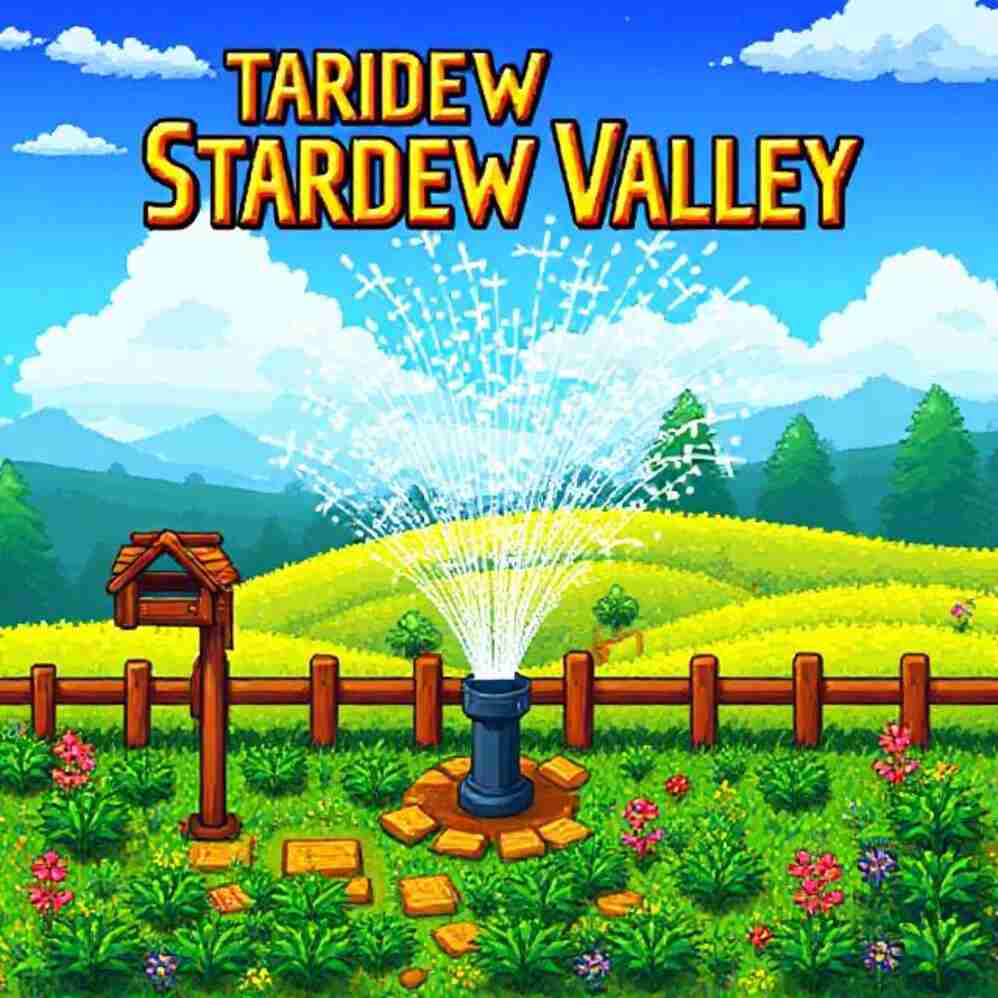Rasmussen’s Giant Bass at Sam Rayburn | A Catch of a Lifetime
Fishing can be full of surprises. One minute you’re thinking about packing it in for the day, and the next, you’re holding a once-in-a-lifetime catch. […]
Rasmussen’s Giant Bass at Sam Rayburn | A Catch of a Lifetime Read Post »








